In this tech savvy world, we all use our smartphones and tablets to do all our chores. It means we are unintentionally recording our life on these devices as well. One department that can take advantage of this technology is law enforcement. They can use this data to maintain peace in the neighborhood. Various tools help them this way, but geofence warrants are the best among them.
These warrants are data collected from Google after the platform is requested to provide it. They can learn about the movement of mobile phones and other devices in a particular area. Using this tool, law enforcement officers can efficiently identify a pattern and find a criminal.
This tool is becoming popular because of its various benefits. Federal law enforcement first used these warrants in 2016, and the number of requests has only increased. After that, it was frequently used in almost all states of the USA.
Google reported that law enforcement requests for geofenced data increased 1500% between 2017 and 2018 and 500% between 2018 and 2019. Google does not provide an exact number because of privacy concerns, but this number shows the popularity of this unique tool to control the crime rate in the country.
Here is how a law enforcement officer can take advantage of this crime solving tool.
Geofence warrants allow law enforcement to request data from a specific geographic location and time frame. This can be crucial in establishing who was near the crime scene when it happened, making it possible to narrow down suspects or find witnesses more efficiently than traditional methods.
Today, almost everyone carries a smartphone, which continuously logs location data through various apps and services. This means that investigators can potentially access a vast pool of information to aid their investigations, reaching beyond what is available through direct observation or physical evidence.
Since the data obtained through geofence warrants is generated automatically by devices, it is not subject to the same biases or inaccuracies that can affect human witnesses. This can lead to more objective and reliable evidence for building a case.
Obtaining and analyzing data from a geofence warrant can be faster than waiting for lab results or canvassing witnesses. This speed can be critical in the early stages of an investigation, helping to identify suspects and prevent further crimes quickly.
In some instances, geofence warrants can gather historical location data, which can be invaluable in reopening and solving cold cases. This new evidence can provide the breakthrough needed to solve brutal crimes that have remained unsolved for many years.
Obtaining a geofence warrant involves judicial oversight, meaning law enforcement must demonstrate probable cause and specify the area and period of interest. This legal framework balances the tool's effectiveness with protecting individuals' privacy rights.
Geofence warrants do not replace traditional investigative methods but rather supplement them. Law enforcement can construct a more comprehensive understanding of a crime by integrating digital evidence with physical evidence, witness statements, and other investigation forms. Therefore, these
unique investigation warrants are the cornerstone of the modern crime investigation regime. With this tool and other technologies, law enforcement officers can identify criminal behavior and make the city a better and more peaceful place to live.
In Cobb County, a significant turn of events occurred in the murder case of 31-year-old
Mitchell Jones, Jr., which had been unsolved for months. Dunte Holmes was sentenced to life in prison for Jones's murder after evidence conclusively showed he was at the crime scene.
Holmes had fatally stabbed Jones and stolen his phone in November 2018. Jones was found in a locked bedroom of a home on Laurie Jo Drive.
The breakthrough in the case came when police utilized geofence technology to locate the murderer. In March 2019, for the first time, they obtained a search warrant for geofence data from Google, identifying the cell phones at the crime scene. This led them to Holmes, thanks to the data connected to his and the victim's stolen phone.
According to the lead prosecutor, Jesse Evans, this case marks one of the first successful applications of geofencing technology in Georgia. Evans emphasized the commitment to using innovative tools to solve crimes and provide answers.
The victim's father, Mitchell Jones, Sr., overwhelmed by emotion, found it difficult to read his victim impact statement in court. He expressed hope that one day, he would forgive Holmes but conveyed the deep loss of his son, who had moved to Georgia from Pennsylvania and was seeking a better life. Holmes's DNA was also found in blood samples at the scene, further solidifying his conviction.
Geofence warrants have become a vital tool in modern law enforcement. They offer precision, reach and efficiency enhancing agencies' ability to respond to and solve crimes. As technology and legal standards evolve, so do how law enforcement leverages this tool, always aiming to maintain the balance between security and civil freedoms.
If you want to learn more about this tool, you can sign up for an online law enforcement course offered by Blueforce Learning. Our
law enforcement certifications offer a detailed and thorough understanding of these tools using a holistic approach to learning. To book your slot, visit our website now!
Other than location-based tools like geofence, Excel spreadsheets, trace evidence analysis, and DNA analysis are some of the prominent investigation tools.
What are the benefits of location-based tools?
These tools improve efficiency, enhance safety, and help law enforcement officers to draw data-driven conclusions after a crime.


